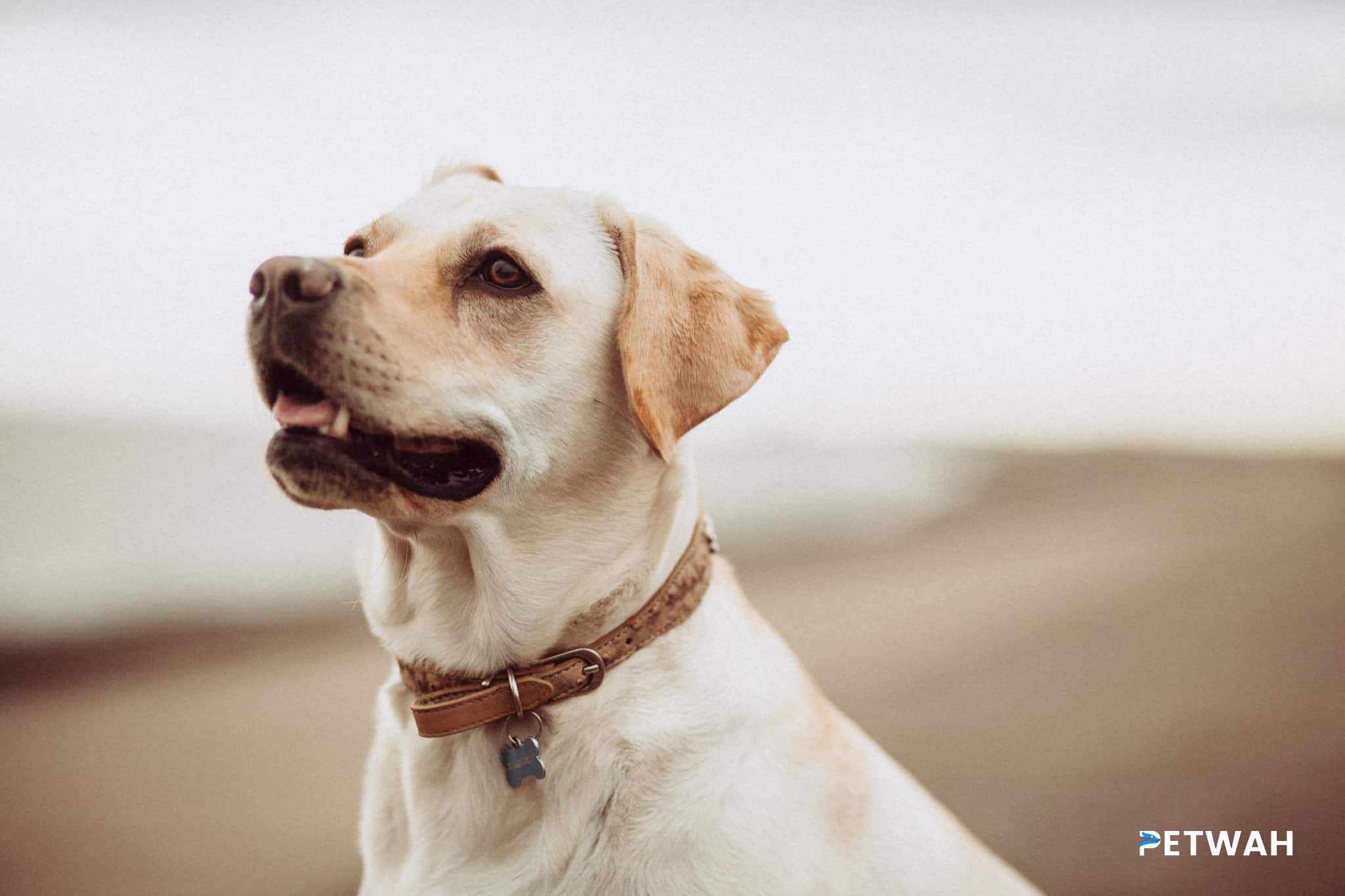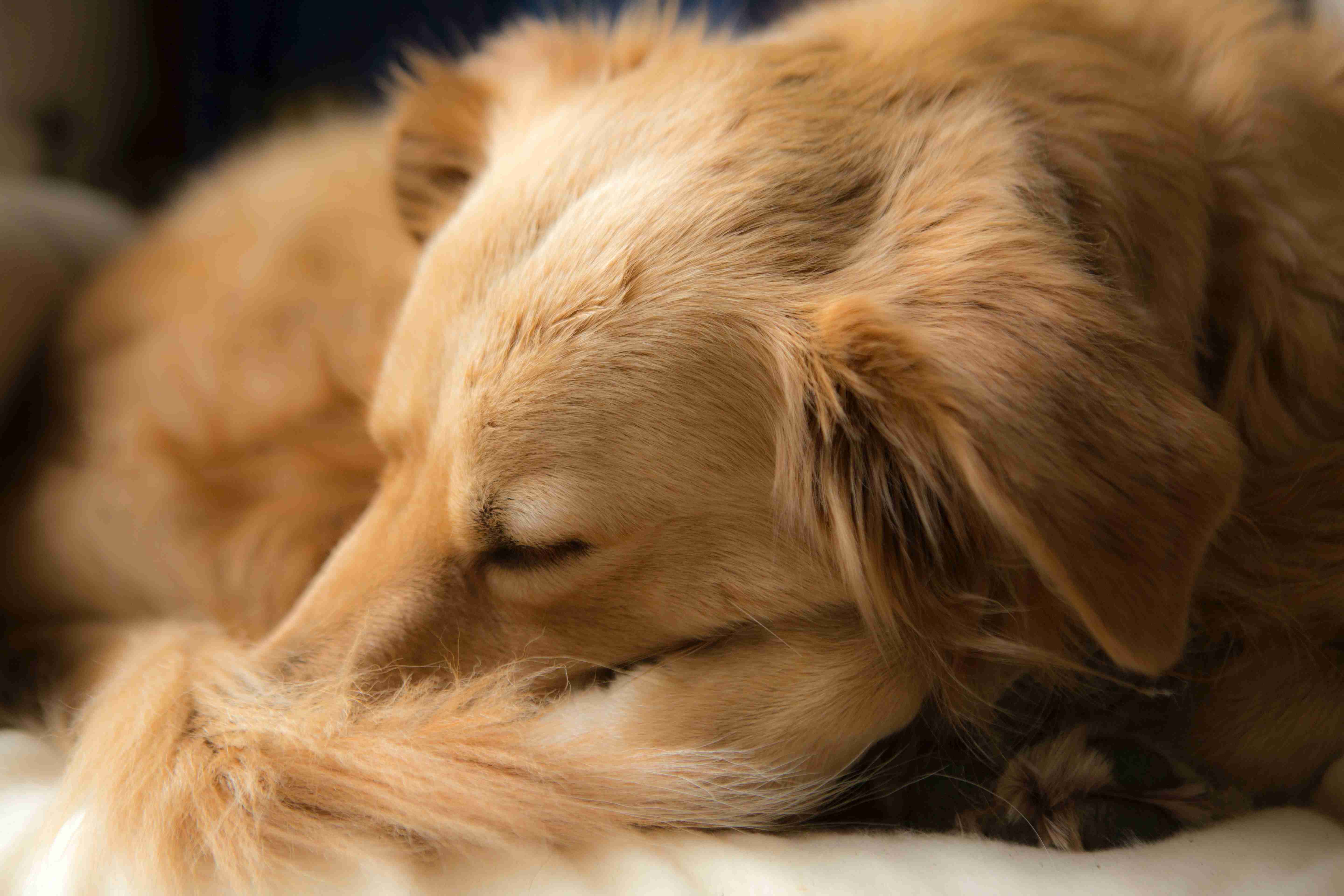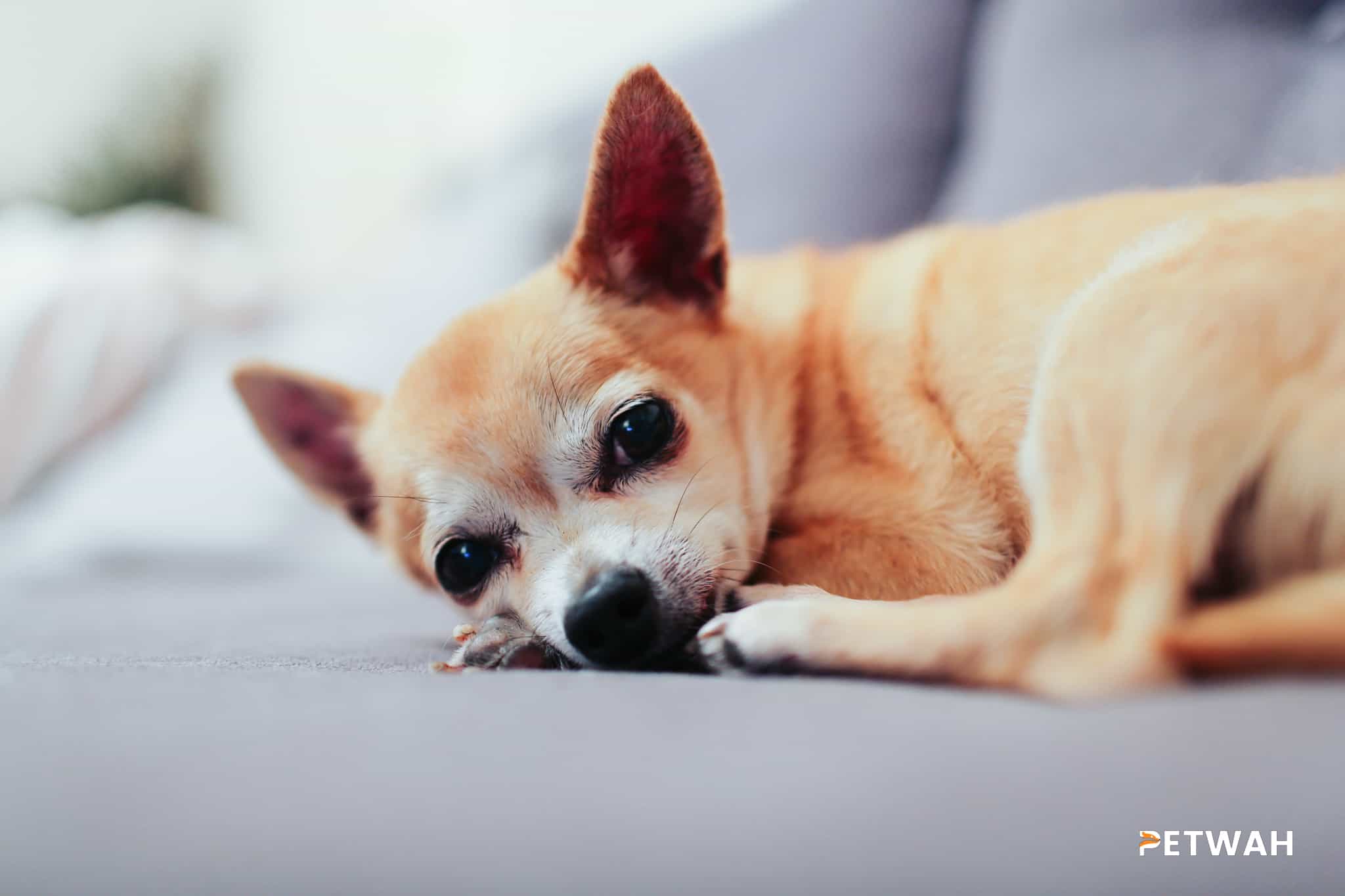Introducing a new addition to your family is always an exciting time, and bringing home a Poodle puppy can bring an extra dose of joy and cuteness into your life. However, it’s important to remember that just like humans, puppies need time to adjust to their new environment and feel safe and comfortable. Creating a happy home for your Poodle puppy is crucial in ensuring their overall well-being and happiness. In this blog post, we will explore some essential tips and tricks to help you set up a safe and comfortable environment for your furry friend, allowing them to thrive and flourish in their new surroundings. So, let’s dive in and discover how you can ensure that your Poodle puppy feels right at home!
Creating a Happy Home for Your Poodle Puppy: Tips to Ensure a Safe and Comfortable Environment
Bringing a new Poodle puppy home is an exciting and joyous experience. However, it’s important to remember that your furry friend may feel overwhelmed and anxious in their new surroundings initially. As a responsible pet owner, it falls upon you to ensure that your Poodle puppy feels safe, secure, and comfortable in their new environment. In this blog post, we will discuss a few essential tips to help you create a happy home for your Poodle puppy, ensuring their well-being and happiness.
1. Prepare a designated space: Before the arrival of your Poodle puppy, it’s crucial to prepare a designated space where they can feel safe and secure. Consider setting up a cozy crate or dog bed in a quiet area of your home. This will serve as their personal retreat, a place where they can relax, sleep, and feel protected.
2. Puppy-proof your home: Just like young children, Poodle puppies are naturally curious and may explore their surroundings by chewing or investigating various objects. To ensure their safety, take the time to puppy-proof your home. Remove any potential hazards, such as toxic plants, small objects, electrical cords, and chemicals. Secure cabinets and block off areas where you don’t want your puppy to access.
3. Introduce them to their new environment gradually: Transitioning to a new home can be overwhelming for a Poodle puppy. To help them adjust, introduce them to their new environment gradually. Start by allowing them to explore one room at a time, ensuring that they feel comfortable before moving on to other areas. This gradual introduction will prevent your puppy from feeling overwhelmed and give them time to acclimate to their surroundings.
 - Copy.jpg)
4. Stick to a routine: Poodle puppies thrive on routine and structure. Establishing a consistent daily routine for feeding, playtime, potty breaks, and sleep will help your puppy feel secure and comfortable. Consistency in their daily activities will not only help them settle in but also aid in their training and overall well-being.
5. Provide plenty of mental and physical stimulation: Poodle puppies are intelligent and energetic dogs that require both mental and physical stimulation to thrive. Engage your puppy in daily play sessions, interactive toys, and puzzle games to keep their minds sharp and prevent boredom. Regular walks, playtime at the park, and socialization with other dogs will also help burn off excess energy, keeping your Poodle puppy happy and content.
6. Use positive reinforcement in training: Positive reinforcement is the most effective and gentle approach to training a Poodle puppy. Rewarding good behavior with treats, praise, and affection will create a positive association in their minds, making them feel safe and loved. Avoid using harsh methods or punishment, as this can cause fear and stress, hindering their ability to feel comfortable in their new environment.
7. Establish a bond through bonding activities: Building a strong bond with your Poodle puppy is crucial for their emotional well-being. Engage in bonding activities, such as gentle grooming sessions, cuddling, and interactive playtime, to foster trust and a sense of security. The more time you spend together, the stronger your bond will become, making your Poodle puppy feel safe and loved.
8. Patience and consistency are key: Lastly, it’s important to remember that adapting to a new environment takes time for any puppy, including Poodles. Patience and consistency are key in helping your Poodle puppy feel safe and comfortable in their new home. Be understanding of their needs, provide reassurance, and offer plenty of love and affection. With time and your unwavering support, your Poodle puppy will flourish and thrive in their new environment.
Overall, creating a happy home for your Poodle puppy is all about establishing a safe, comfortable, and loving environment. By following these tips, you can ensure that your furry companion feels secure and content in their new surroundings. Remember to provide a designated space, puppy-proof your home, introduce them gradually, stick to a routine, provide mental and physical stimulation, use positive reinforcement in training, engage in bonding activities, and be patient and consistent. With your love and care, your Poodle puppy will grow into a happy and well-adjusted member of your family.
As you embark on this exciting journey of welcoming a Poodle puppy into your home, remember that creating a safe and comfortable environment is crucial for their well-being. By following the tips and guidelines provided in this blog post, you can ensure that your furry friend feels secure, loved, and happy in their new surroundings. Remember to be patient, consistent, and attentive to their needs, and soon enough, your Poodle puppy will thrive in their forever home. So, go ahead and create a happy haven for your Poodle puppy – they deserve nothing less!


%20-%20Copy.jpg)
%20-%20Copy.jpg)
.jpg)


%20-%20Copy.jpg)
